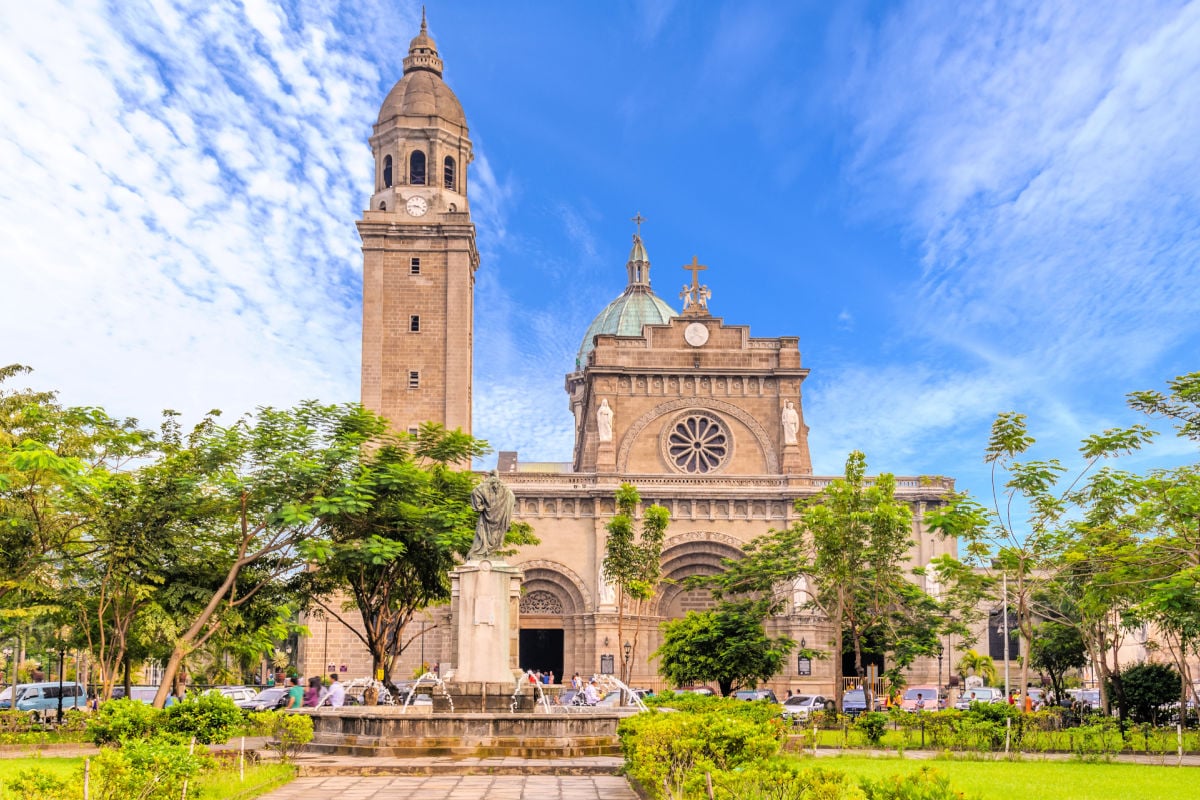Share the article
Last updated
Mexico City, Sao Paulo, Valencia, step aside: this lesser-known city in Southeast Asia is the next digital nomad mecca.
Famous for its vibrant culture, year-round warm weather and friendly locals, Manilathe cultural and financial center of the archipelago state of the Philippines, has attracted a record number of remote workers since the country itself reopened to foreigners.

With such strong offerings in the sub-region, you might be wondering what it is about the once-overlooked Philippine capital that has nomads so enthralled in the first place:
Manila is the seventh fastest growing digital nomad hub in the world
When we talk about the capitals of Southeast Asia (SEA), Manila is somehow always forgotten, as the Philippines has historically paled in comparison to the much more popular Bangkok or Kuala Lumpur, in terms of expat numbers.
It is one of the least foreign populated capitals in SEA, and somehow so is always not mentioned in travel guides detailing the continent’s most exciting city breaks for digital nomads.

That is not to say that the blatant neglect and underestimation of Manila is the result of a lack of infrastructure or a diverse tourist offering that rivals the Thai capital or the cosmopolitan coastal cities of Malaysia. On the contrary.
It may get little to no promotion in the West, unlike its immediate neighbors, but it is one of the most fascinating and best-resourced cities that country hoppers can choose as their medium to long-term home, and the proof is in the numbers, as Manila continues to grow as a nomadic center.
According to NomadsLista database for digital nomads that relies on contributions from more than 10,000 members, Manila is the 7th fastest growing nomad destination of 2023. It surpasses community favorites Ljubljana, in Slovenia, Ho Chi Minh City and Hanoi, in Vietnam, which settle for numbers 10, 9 and 8 respectively.

This does not mean that Manila is one of the top destinations for nomads worldwide yetbut the fact that it is trending and has a top 10 position in the fastest rising list is an indication of where things are headed in the near future.
Why is Manila suddenly so popular with nomads?
General, 75% by NomadsList respondents have a positive impression of Manila when working remotely from there, with a majority awarding it an ‘Okay’ Quality of Life score, a ‘Good’ Community score, and citing affordability as a positive factor.

Overall, nomads in Manila have reported that they can live comfortably on an income of just P1.5 million $1,543 per monthmaking it one of the cheapest major cities not just in Southeast Asia but in the world, especially when costs elsewhere are between $2,000 and $3,000.
It is also relatively affordable to rent a long-term Airbnb in Manila, with the average overnight rate ranging from $38 to $57 for a fully equipped apartment in a central location, while other sources put it between $293 and $361 for a week to estimate. .
The cost of food reflects the lower than average prices also, with a meal at a regular restaurant costing just $4.48, based on Numbeo estimates, while a three-course dinner for two at a mid-range restaurant has an average price of $29.58.

A haven for digital nomads, it is characterized by an abundance of coworking spaces and work-friendly cafes, fast and reliable internet throughout the urban area, relatively efficient public transport and a warmer climate, making it particularly attractive to long-term visitors. of the Northern Hemisphere.
In terms of connectivity Manila is the main transit hub in the Philippineswhich offers residents non-stop flights and ferry services to many of the country’s paradise islands, including Palawan, the emerging sunny hotspot, and other international destinations.
Disadvantages of living in Manila

Today, over 13 million people call the Manila metropolitan area home, the largest conurbation on the small island of Luzon, making it a quite busy metropolis.
As a city, Manila has accumulated centuries of history, from its early days as a fortified Tagalog port, through the eras of Spanish colonization and direct American rule, and finally as the highly urbanized capital of the Philippine state.
However, in modern times it has developed into a megacity with a high population densityand it may not be the ideal destination for nomads who hope so to delay in a quieter environment.

Some of the main disadvantages of living in Manila are the urban pollution, chaotic traffic and overwhelming humidity.
Still, walkability is ‘Great’, as rated by NomadsListand safety, as well food Safety, a primary concern for nomads moving to Southeast Asia, is both at a ‘good’ level.
Read more:
Top 5 Travel Insurance Plans for 2023 from $10 per week
How to easily earn points for free travel

SUBSCRIBE TO OUR LATEST POSTS
Enter your email address to subscribe to the latest Travel Off Path breaking travel news, delivered straight to your inbox.
This article originally appeared on TravelOffPath.com





